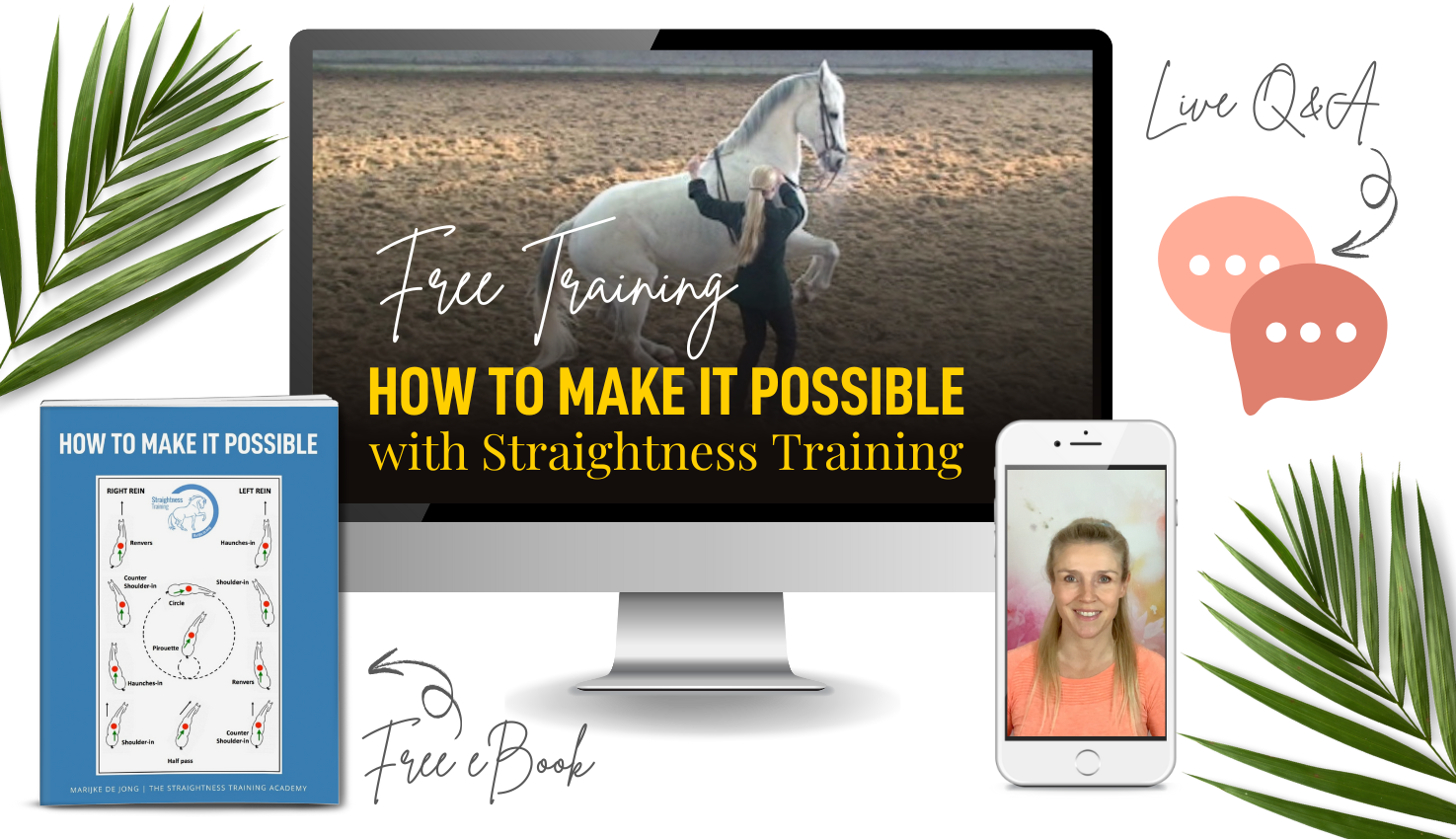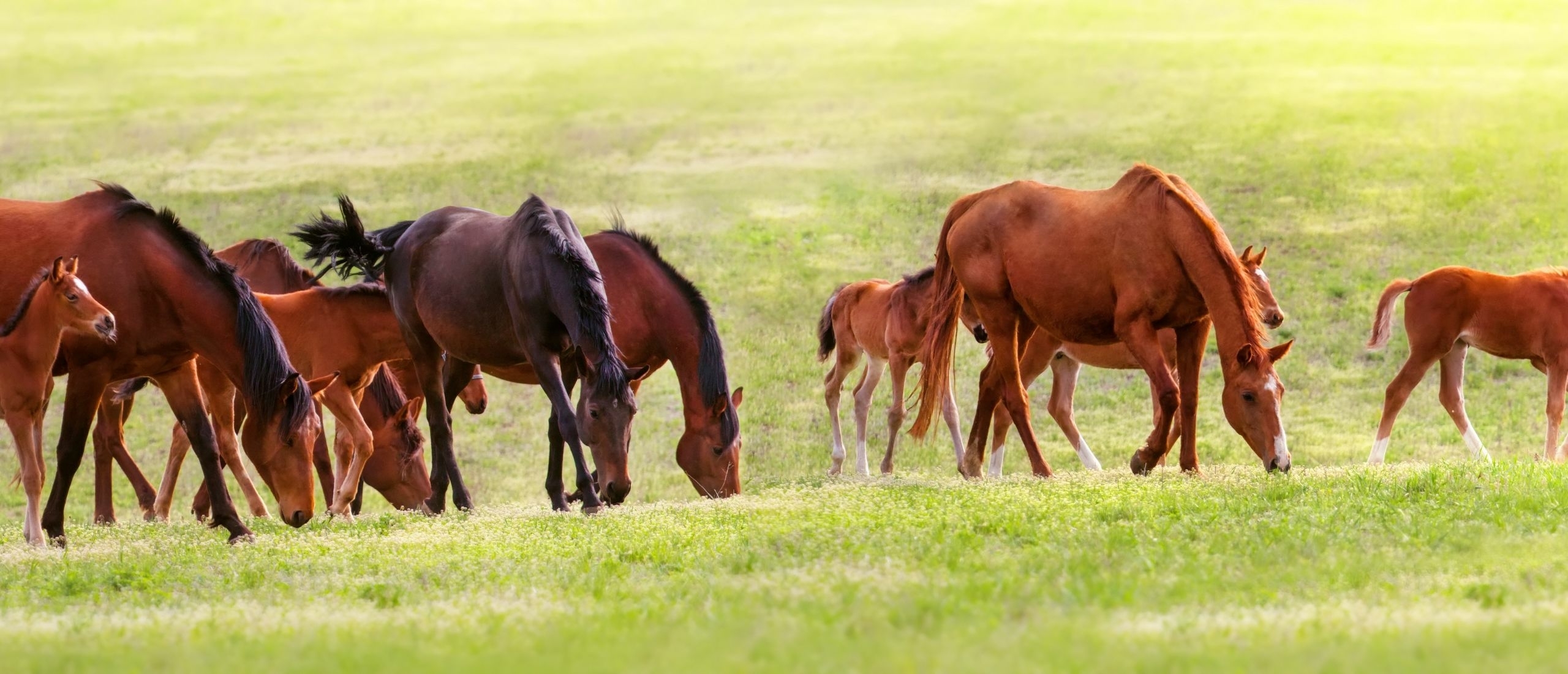
Needs
To be successful with straightness training we have to meet the instinctual needs of our horse first.
Given their characteristics, horses have a number of needs. These are the need for:
- Certainty and safety, because the horse is a prey animal with a flight instinct
- Routine, because the horse is a creature of habit, so they appreciate a regular routine of eating, resting, grooming etc
- Grass and roughage, because horses are herbivores
- To eat small amounts throughout the day, because with a full belly it’s not easy to flee
- Variety, because it’s boring and frustrating to be 23 hours in a stable
- Constant movement, because horses are steppe animals
- Connection with other horses, because they are social animals
- The nead for leadership, because they are herd animals and like to follow a confident leader
Limitation of horse needs
Understanding how horses behave in nature can help us to better fulfill their needs. In the domesticated world, most horses are limited in their ability to fulfill their natural horse needs because of the way they are kept.
This overview displays the differences between how horses live in the wild and domesticated horses:
IN THE WILD | DOMESTICATED | |
Collecting food | Horses spend 60% of their time on feeding (14 to 15 hours per day). This leads to 55,000 chewing movements. | Sometimes horses spend 2 x 5 minutes eating pellets and 3x 1 hour eating hay. This leads to 7,000 to 10,000 chewing movements. |
Amount of food | Little bits throughout the day | 3 times a day a lot at one time |
Movement | 5 to 10 km spread over the whole day | Sometimes only 1 hour a day |
Rest | 30% of their time (7 hours per day). The horse can lay five minutes per day completely flat out | Sometimes 23 hours in the stall. Laying down completely is sometimes not possible at all |
Social contact | A lot of contact with other horses. | Sometimes the only contact is with humans. Many horses (especially stallions) are kept alone in the pasture and alone in the stable. |
Foals | Foals spend half of their time playing with other foals.Weaning: Separation at 9 months. | Sometimes the foal’s only companion in the pasture is the mother. Weaning: Separation at 4 months. |
Young horses | Living together with other horses. Developing friendships. Education provided by counterparts. Behavioral rules, learning horse language. Developing social skills. | Sometimes alone or with only one other horse. Often in a socially inadequate living environment. Education provided by human. |
Young adults | Stallion: bachelor band. Mare: first foal when she is 5 years old. | Stallion: often castrated. Mare: frustrated oestrous cycle |
Protection | Coat, strong legs, good natural immunity. | Less immunity, often ill because of the stable climate; too humid, too dark, too dusty, blankets and bandages. |
Grooming | Mutual care. Rolling. | Humans brush the horse. Rolling sometimes not possible. |
Hooves | Hooves wear out naturally. | Farrier takes care of trimming the hooves. Because the horse is not able to move sufficiently in a stable which is too dry or too wet, hoof and leg problems can develop. |
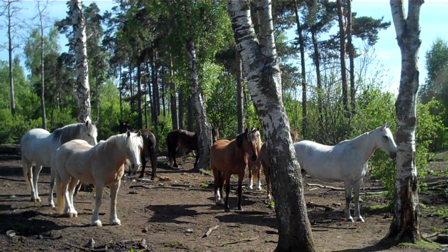
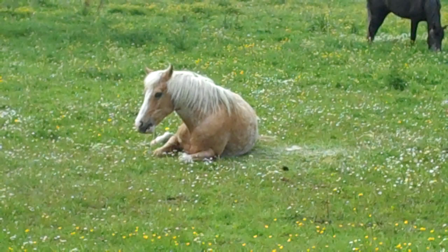 .
.
Problems by not fulfilling the natural horse needs
By not fulfilling the natural needs of the domesticated horse, physical and psychological problems can arise:
- Stereotypical behaviors, such as weaving, cribbing, wind sucking, scraping against bars, kicking doors and self-mutilation (biting themselves) are the result of boredom, frustration and stress.
This is not a part of natural behavior, but rather is aberrant behavior. The horse does not see this is not a problem behavior, but a way of dealing with the stress. Each time the horse performs one of these stereotypical behaviors, it will receive a hit of endorphin, which causes the horse to feel better. Endorphin is a natural hormone which the body produces; it works as a tranquilizer and sedative and is addictive. |
By removing the horse’s ability to perform these stereotypical behaviors (cribbing collars etc) you will only create more stress for the horse, because not only has the original cause not been resolved, you’ve also removed the horse’s coping mechanism.
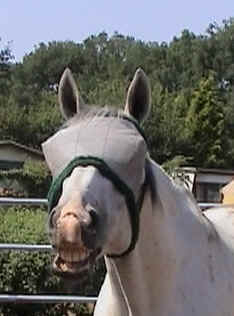
- Exaggerated behaviours such as box walking, scraping, pawing, head weaving, making funny faces, lower lip movements, excessive drinking are also behaviors resulting from boredom, frustration and stress.
These behaviours are natural behaviors, but when performed excessively and in the wrong context can show a problem.
- The immunity of the horse reduces when the stall climate is too hot, too wet, too dark or too dusty. This causes the horse to become more susceptible to illness.
- Stomach ulcers occur when the horse’s intake of forage is limited. He does not chew enough and therefore does not produce enough saliva. Saliva neutralizes the acid that is constantly produced in the stomach. 25% of foals have stomach ulcers. Crib biting is common in horses with stomach ulcers because this provides stimulation for the salivary flow.
- Eating soil due to lack of minerals (copper and iron). This is more common in the spring time.
- Hoof and leg problems can arise when the movement mechanism in the body is not sufficiently activated, or the stall is too wet or too dry, or leg protectors are misused.
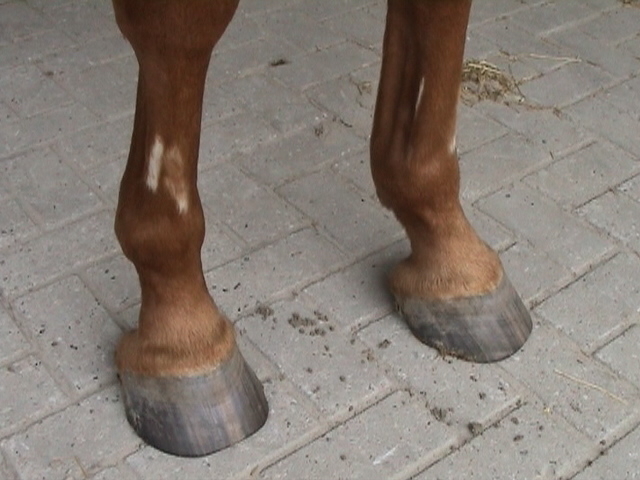
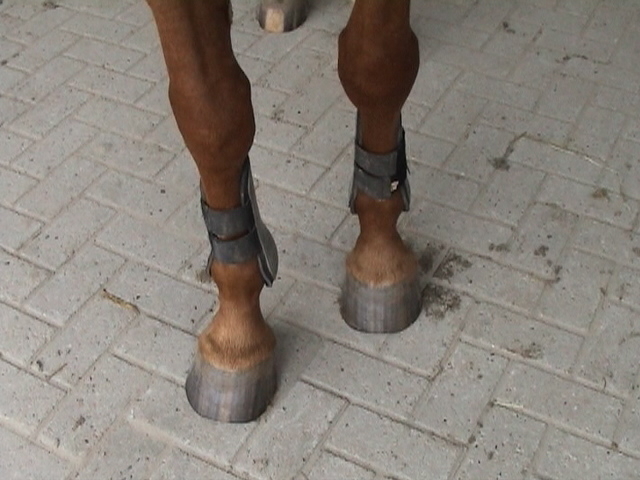
- Dominance problems can occur by inconsistencies on the part of the human and by lack of guidance, so the horse becomes the boss of the rider.
- Trainings problems can be caused by stabling 23 hours a day. After spending 23 hours with no external stimulus, the horse gets suddenly exposed to a totally different environment.
Therefore he can become spooky and easily frightened.
All the energy he has accumulated over these 23 hours of confinement can come out. You should not be surprised if he occasionally gallops around on the longe.
It’s not an ideal situation to allow a horse to spend 23 hours a day confined in a stall. And it is not a good basis from which to create a healthy equine athlete.
7 Tips to avoid problems
By taking care to fulfill the natural needs of the horse as much as possible, we give the horse the best chance of staying psychological fit, happy and cheerful. By responding to the needs of the horse we can prevent frustration, boredom and stress! Here are some tips to avoid problems:
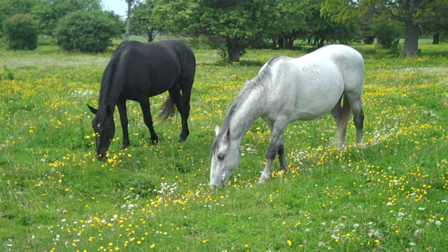
- Tip #1. Provide grass & roughage. Sufficient grass and roughage ensures a good digestion, and can protect against colic. Due to the large amount of saliva that the horse produces, the digestion works much better and the chances of colic and stomach ulcers are decreased. It is also recommended that you provide the horse with forage an hour prior to giving concentrated food. This allows for better digestion and increased ability to absorb minerals and vitamins.
- Tip #2. Provide good housing. Ideally a horse should be able to live outside in a herd environment 24/7. Various types of housing are increasingly playing a role in catering to the natural needs of the horse, such as ‘Active Stables’ and the ‘Paddock Paradise’ setup.
- Tip #3. Make it comfortable for your horse. If your horse has to spend time in a stable make it comfortable. Provide a situation where he can make physical contact with other horses is ideal. The stall should not be too small and the horse has be able to lie completely stretched out. Make sure that there is adequate ventilation. An open stable is more suitable, because the horse can move more. Make sure that your horse can stretch his legs several hours a day and that he can roll in a paddock or pasture every day. If your horse is turned out every day, you do not have to worry that your horse will run wild or play wild and injure himself. Horses that only come out once a week or have not been out for some time will be far more likely to harm themselves through over exuberance. Most horses will behave calmly in the pasture when they come out daily.
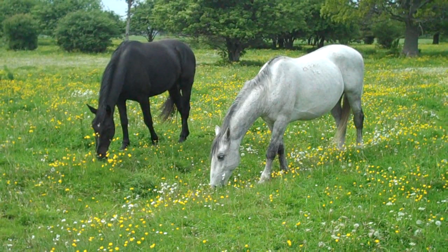
- Tip #4. Provide social contact. Social contact with counterparts in the pasture or paddock is very important. Even if you have a stallion or a valuable sport horse, he can find companionship in a Shetland pony. A Shetland can not do much harm. Make sure you create an area where the Shetland can squeeze underneath the fence and the stallion can’t, this way the Shetland pony has always a safe area. If you fulfill the needs of the ‘animal’ and ‘horse’ first, you can avoid problem behaviors related to stallions.
- Tip #5. Do not start weaning too early. Let your young horse spend as much time as possible in a herd situation and let him just be a horse for as long as possible.
- Tip #6. Have a consistent routine. If you usually bring your horse in from the pasture at 6pm, and one day don’t arrive until 10pm, this can cause stress. Feed regularly and at set times.
- Tip #7. Be a leader. Be a clear, calm, confident and consistent coach in dealing and communicating with your horse and fulfill his needs.
Never work against ‘Mother Nature’, only with!
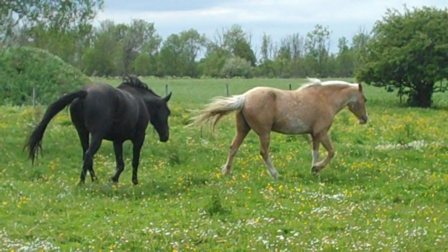 The more you will fulfill the natural needs of your horse, the better you will be able to connect with your horse, and the more smoothly the Straightness Training proces will go!
The more you will fulfill the natural needs of your horse, the better you will be able to connect with your horse, and the more smoothly the Straightness Training proces will go!
You only succeed with Straightness Training when you work with ‘Mother Nature’.
Do you have an experience you’d like to share? We’d love to hear your story. Just add it in the comment area below.
Please feel free to share this article with your friends by clicking the social media buttons below!
Links to Relevant and Recommended Articles

